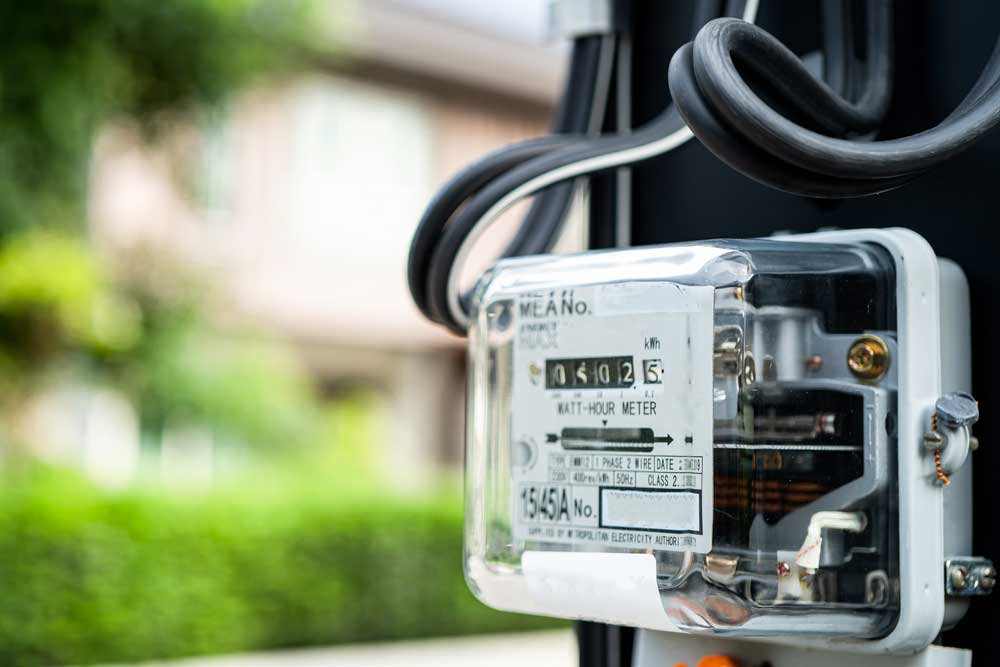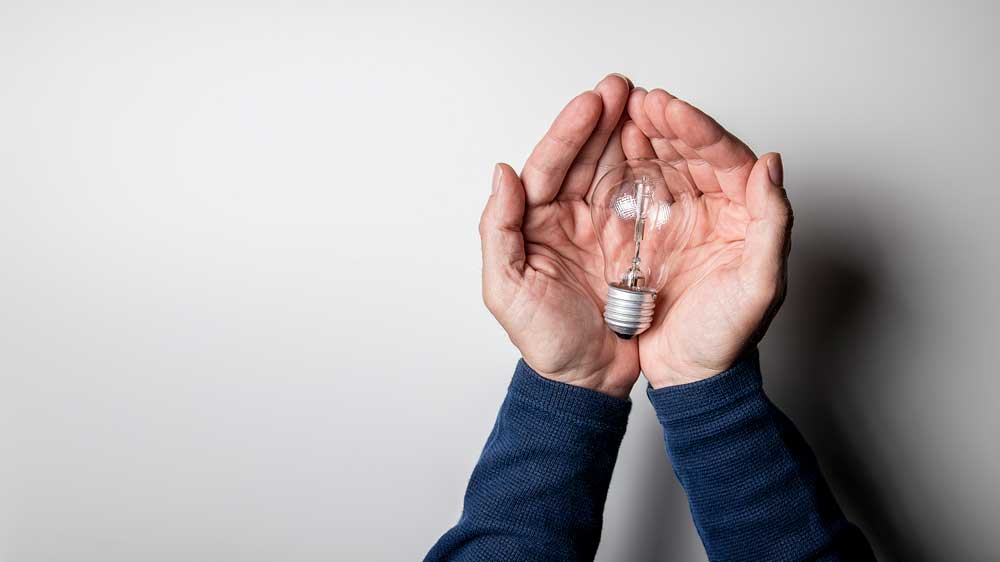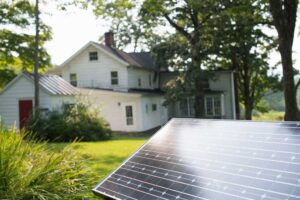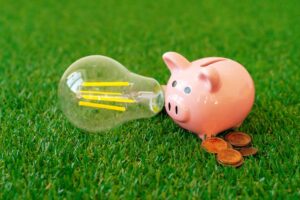When the weather turns hot and muggy, and you step back inside from a refreshing walk around the block during the COVID era, a tempting idea might be to open the fridge door and stand in front of it. But did you know that such actions won’t effectively reduce your energy consumption at home, especially with summer yet to officially arrive in our country?
If you’re eager to find ways to reduce your electricity usage, save money, and shrink your carbon footprint, there’s good news. Minor adjustments to your daily energy habits can have a significant impact on the environment and decrease the energy demands for heating and cooling in your community.
By incorporating a variety of energy-saving strategies around your house, you have the power to save both money and the environment. From simple changes in your daily routine to considering energy-efficient appliances with the Energy Star rating, these methods can make a remarkable difference in lowering your household’s energy usage.
What is energy conservation?
Energy conservation refers to the practice of using energy more efficiently and wisely to reduce consumption without compromising the desired level of comfort or functionality. It involves adopting measures and strategies that aim to decrease the overall energy usage, thereby conserving valuable natural resources and minimizing environmental impact. The primary goal of energy conservation is to promote sustainability and ensure a more sustainable future for our planet.
By implementing energy conservation measures, individuals, businesses, and governments can play a crucial role in mitigating the effects of climate change and reducing greenhouse gas emissions. This can be achieved through various approaches, such as upgrading to energy-efficient appliances, optimizing heating, ventilation, and air conditioning (HVAC) systems, adopting smart technologies for better energy management, and raising awareness about energy-saving practices. Energy conservation not only helps save on energy costs but also fosters a more responsible and environmentally conscious society, paving the way towards a cleaner and greener world.

Ways to save energy at home
There are numerous ways to save energy at home, and here are some practical and effective strategies:
- Switch to LED Lighting: Replace traditional incandescent bulbs with energy-efficient LED lights. LEDs consume significantly less electricity and last much longer, reducing both energy usage and replacement costs.
- Unplug Electronics: Many electronics and appliances continue to draw power even when not in use. Unplug chargers, TVs, computers, and other devices when they’re not actively being used or invest in smart power strips that automatically cut off power to idle devices.
- Adjust Thermostat Settings: Lower your heating and cooling costs by adjusting the thermostat. In winter, set it lower when you’re away or asleep, and in summer, raise it when you’re not at home. Consider using a programmable thermostat for added convenience.
- Seal Air Leaks: Inspect your home for drafts around windows, doors, and vents. Seal any gaps and cracks to prevent heat loss during winter and cool air leakage during summer, making your HVAC system more efficient.
- Proper Insulation: Ensure your home is well-insulated to maintain a comfortable indoor temperature. Proper insulation helps regulate temperature and reduces the strain on heating and cooling systems.
- Use Energy-Efficient Appliances: When purchasing new appliances, opt for those with high Energy Star ratings. Energy-efficient appliances consume less power and can lead to substantial long-term savings.
- Wash Clothes in Cold Water: Washing clothes in cold water instead of hot or warm water can save significant energy. Additionally, consider air-drying clothes when possible instead of using the dryer.
- Limit Hot Water Usage: Use low-flow showerheads and faucets to reduce hot water consumption. Fix any leaks promptly and consider insulating your water heater to minimise heat loss.
- Harness Natural Light: Make the most of natural light during the day to reduce the need for artificial lighting. Keep curtains and blinds open and use light-colored walls and furniture to reflect and distribute light.
- Plant Shade Trees: Strategically planting shade trees around your home can help keep it cooler during the hot months, reducing the need for excessive air conditioning.
By implementing these energy-saving practices, you not only lower your utility bills but also contribute to a more sustainable and eco-friendly living environment.
Energy efficient products for your home
Energy-efficient products for your home can significantly reduce energy consumption and help you save on utility bills. Here are some top energy-efficient products worth considering:
- LED Lighting: LED light bulbs consume up to 80% less energy than traditional incandescent bulbs and last much longer. They are available in various styles and brightness levels, making them an excellent option for all lighting needs.
- Energy Star Appliances: Energy Star-certified appliances, such as refrigerators, washing machines, dishwashers, and air conditioners, meet strict energy efficiency guidelines set by the Environmental Protection Agency (EPA). These appliances use less energy and help reduce greenhouse gas emissions.
- Smart Thermostats: Smart thermostats allow you to control your home’s heating and cooling remotely. They learn your preferences and adjust the temperature accordingly, optimizing energy usage and providing potential savings on heating and cooling costs.
- Energy-Efficient Windows: Upgrading to energy-efficient windows with double or triple panes, Low-E coatings, and improved insulation can enhance your home’s insulation, reducing heating and cooling needs.
- Programmable Timers and Smart Plugs: These devices can automatically turn off electronics, lights, and other appliances when not in use, preventing unnecessary energy consumption.
- Solar Panels: Installing solar panels on your roof can harness renewable solar energy and offset a significant portion of your electricity consumption, ultimately reducing your reliance on the grid.
- High-Efficiency HVAC Systems: Upgrading to a high-efficiency heating, ventilation, and air conditioning (HVAC) system can lead to substantial energy savings while ensuring better indoor comfort.
- Tankless Water Heaters: Tankless water heaters heat water on-demand, providing hot water only when needed, eliminating the energy wasted in maintaining a constant supply of hot water in traditional water heaters.
- Low-Flow Plumbing Fixtures: Installing low-flow showerheads and faucets can significantly reduce water usage, thereby conserving both water and energy.
- Insulation Materials: Enhancing the insulation in your walls, floors, and attic can help regulate indoor temperatures and reduce the strain on heating and cooling systems.

Embracing these energy-saving strategies is not only beneficial for your wallet but also for the planet. By reducing energy consumption at home, you actively contribute to the global effort to combat climate change and promote environmental sustainability. Small actions, when multiplied across households, can make a significant impact on conserving precious natural resources and minimizing greenhouse gas emissions. So, make a commitment to adopt these energy-saving practices in your daily life, and inspire others to do the same. Together, we can create a greener, more energy-efficient world for generations to come. Let’s take charge of our energy usage and pave the way to a brighter and more sustainable future.








